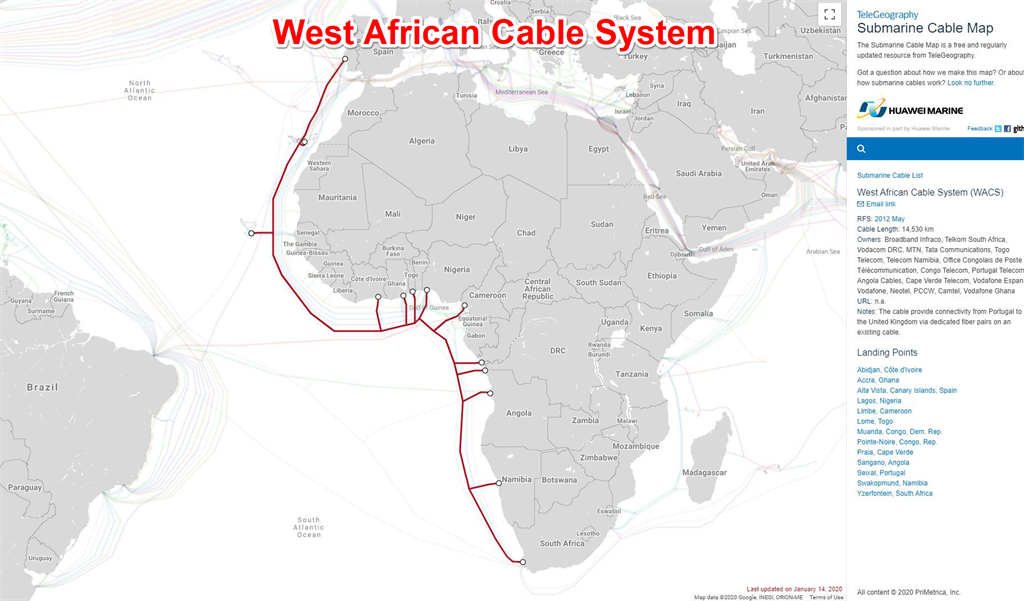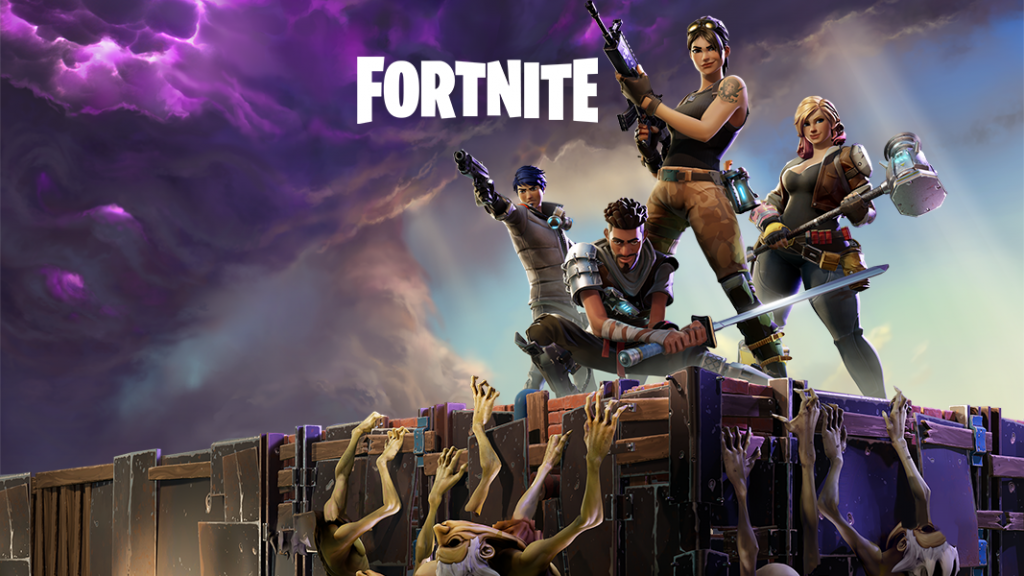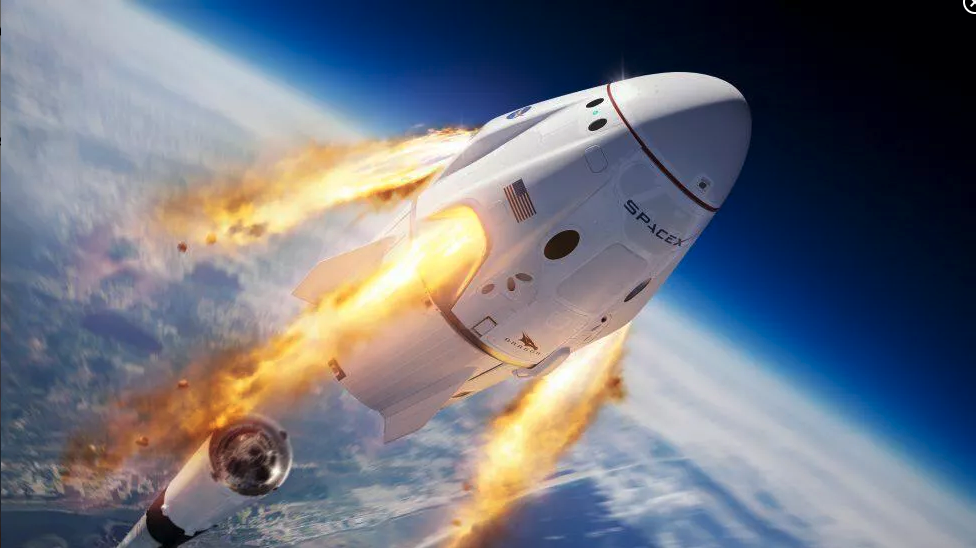South Africans still stuck with slow internet connectivity due to undersea cable breaks
 If you have noticed some slow connectivity issues on your WiFi, you’re probably affected by some breaks in the undersea cables that connect South Africa to the global network. If you’re on Telkom’s Openserve, Axxess or Afrihost, you’re likely experiencing connection issues — particularly on international websites. Worryingly, two breaks were found last week — one in the South Atlantic 3/West Africa (SAT-3/Wasc) submarine cable, and another in the West Africa Cable System (Wacs), which links South Africa with the United Kingdom. After the breaks were identified, maintenance ships were sent out to repair them. But now it looks like there is another break near the UK, which means that slow connections will likely continue for the time being. If you’re affected, try to stick to local websites/traffic for the time being. Another trick is to try and use a VPN, or just stick to mobile data while they sort out the break. Affected networks are diverting traffic through another undersea connection, but that means it has become under increasing pressure.
If you have noticed some slow connectivity issues on your WiFi, you’re probably affected by some breaks in the undersea cables that connect South Africa to the global network. If you’re on Telkom’s Openserve, Axxess or Afrihost, you’re likely experiencing connection issues — particularly on international websites. Worryingly, two breaks were found last week — one in the South Atlantic 3/West Africa (SAT-3/Wasc) submarine cable, and another in the West Africa Cable System (Wacs), which links South Africa with the United Kingdom. After the breaks were identified, maintenance ships were sent out to repair them. But now it looks like there is another break near the UK, which means that slow connections will likely continue for the time being. If you’re affected, try to stick to local websites/traffic for the time being. Another trick is to try and use a VPN, or just stick to mobile data while they sort out the break. Affected networks are diverting traffic through another undersea connection, but that means it has become under increasing pressure.
Sauce: Business Insider
Huawei Maps will run on TomTom navigation following loss of Google services
![]() Remember the massive trade fallout between the US and China/Huawei? Yeah, that’s still underway, which means that Huawei devices still don’t have access to Google services, including fan favourite Google Maps. But as always, Huawei has proved that it doesn’t need Google to function. The smartphone maker has partnered with the Dutch location technology provider TomTom, and will now have access to its maps, traffic information and navigation software to develop its own mobile apps. Following its recent South African developer conference, it is clear that Huawei plans to educate developers on building apps for its mobile platforms — this means that app devs will need to have specific knowledge to make their apps compatible with Huawei devices (just as you would for Apple devices). We believe this is an important step in Huawei’s journey to become independent from Android and Google. It is interesting because Huawei doesn’t need Google services in its native country of China — where everyone has access to Huawei devices and its own app store, but making their devices palatable for a Western audience is proving quite tricky.
Remember the massive trade fallout between the US and China/Huawei? Yeah, that’s still underway, which means that Huawei devices still don’t have access to Google services, including fan favourite Google Maps. But as always, Huawei has proved that it doesn’t need Google to function. The smartphone maker has partnered with the Dutch location technology provider TomTom, and will now have access to its maps, traffic information and navigation software to develop its own mobile apps. Following its recent South African developer conference, it is clear that Huawei plans to educate developers on building apps for its mobile platforms — this means that app devs will need to have specific knowledge to make their apps compatible with Huawei devices (just as you would for Apple devices). We believe this is an important step in Huawei’s journey to become independent from Android and Google. It is interesting because Huawei doesn’t need Google services in its native country of China — where everyone has access to Huawei devices and its own app store, but making their devices palatable for a Western audience is proving quite tricky.
Sauce: Gizmodo
You can now run Fortnite at 120fps on your iPad (for reals)
 If you own a 2018 iPad Pro, you’ll now be able to jam some Fortnite at 120fps, thanks to an update Epic Games released into the world last week. This will only work on applicable hardware, however. So if you’re still rolling with an iPhone 5, it obviously won’t work. 120fps is extremely quick — and there are even gaming monitors that don’t hit this refresh rate. But thanks to the brilliant refresh tech packed into the most recent iPad Pro, you’ll see your pink bunny skin load faster than ever, and (if you’re us), see yourself die over and over in the fastest refresh rate seen on a mobile device yet. “Enabling the mode automatically drops the resolution and fixes the visual settings at “medium,” just as you can only run at 60 fps with “high” settings and 30 fps with “epic”. It’s a pretty big visual downgrade, but then again I used to disable textures altogether to try to get an advantage in Quake III Arena back in the day, so I’m sure the tradeoff will be worth it for some,” the Verge explains.
If you own a 2018 iPad Pro, you’ll now be able to jam some Fortnite at 120fps, thanks to an update Epic Games released into the world last week. This will only work on applicable hardware, however. So if you’re still rolling with an iPhone 5, it obviously won’t work. 120fps is extremely quick — and there are even gaming monitors that don’t hit this refresh rate. But thanks to the brilliant refresh tech packed into the most recent iPad Pro, you’ll see your pink bunny skin load faster than ever, and (if you’re us), see yourself die over and over in the fastest refresh rate seen on a mobile device yet. “Enabling the mode automatically drops the resolution and fixes the visual settings at “medium,” just as you can only run at 60 fps with “high” settings and 30 fps with “epic”. It’s a pretty big visual downgrade, but then again I used to disable textures altogether to try to get an advantage in Quake III Arena back in the day, so I’m sure the tradeoff will be worth it for some,” the Verge explains.
Sauce: The Verge
SpaceX and Nasa blew up a rocket to show just how safe it is
 Wait, what? Apparently blowing up a rocket now shows how safe it is to send humans up in one. Yesterday, SpaceX decided to test out its Dragon Launch escape system. This system is built to keep astronauts safe if and when a rocket fails. In the test, the Falcon 9 rocket intentionally shut off its engines. As this happened, the dragon’s thrusters turned on and blasted the capsule safely away. A few moments later, because of aerodynamic forces the rocket blew up and the truck of the Crew Dragon Capsule disconnected. It fell towards the earth, opened its parachutes and sat itself down in the Atlantic ocean. This successful test means that SpaceX and Nasa are ready to send humans up using the Falcon 9 rocket and Dragon capsule. The manned mission could apparently launch as early as March. In the meantime, SpaceX has been sending a wave of satellites into the sky in a bid to connect the whole world to a space internet network called Starlink. At this point we’re not sure whether Elon Musk is a superhero or a super villain in the making. We’re hoping for the former.
Wait, what? Apparently blowing up a rocket now shows how safe it is to send humans up in one. Yesterday, SpaceX decided to test out its Dragon Launch escape system. This system is built to keep astronauts safe if and when a rocket fails. In the test, the Falcon 9 rocket intentionally shut off its engines. As this happened, the dragon’s thrusters turned on and blasted the capsule safely away. A few moments later, because of aerodynamic forces the rocket blew up and the truck of the Crew Dragon Capsule disconnected. It fell towards the earth, opened its parachutes and sat itself down in the Atlantic ocean. This successful test means that SpaceX and Nasa are ready to send humans up using the Falcon 9 rocket and Dragon capsule. The manned mission could apparently launch as early as March. In the meantime, SpaceX has been sending a wave of satellites into the sky in a bid to connect the whole world to a space internet network called Starlink. At this point we’re not sure whether Elon Musk is a superhero or a super villain in the making. We’re hoping for the former.
Sauce: Cnet




